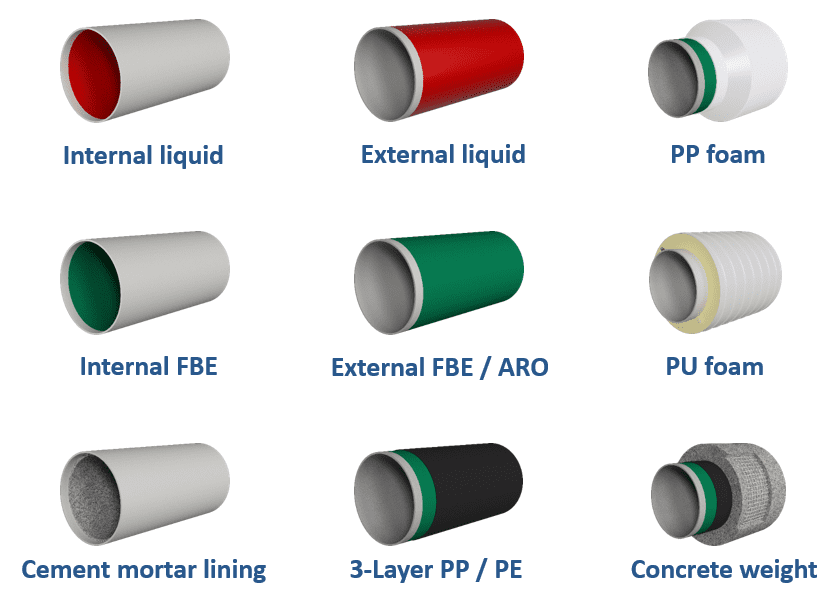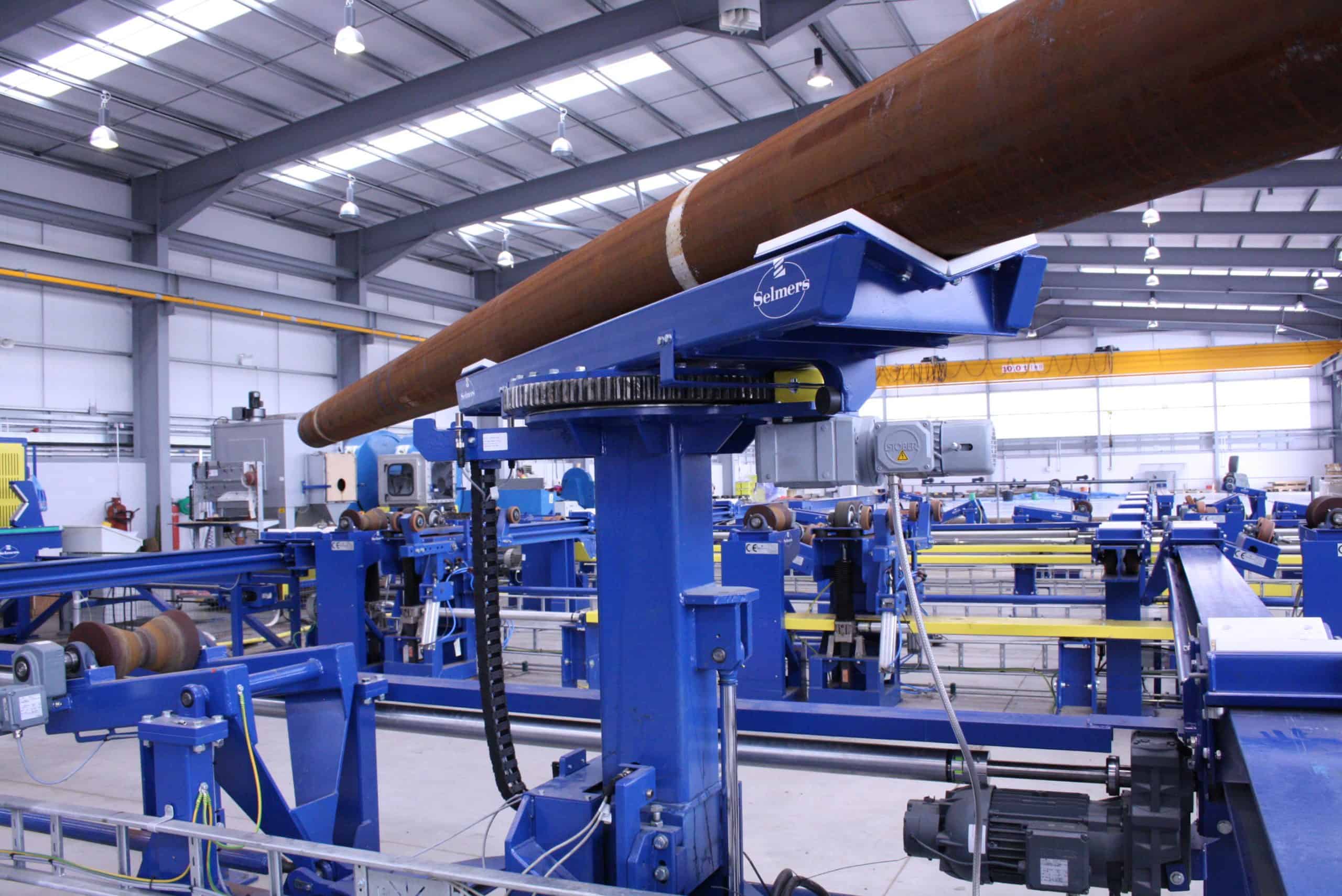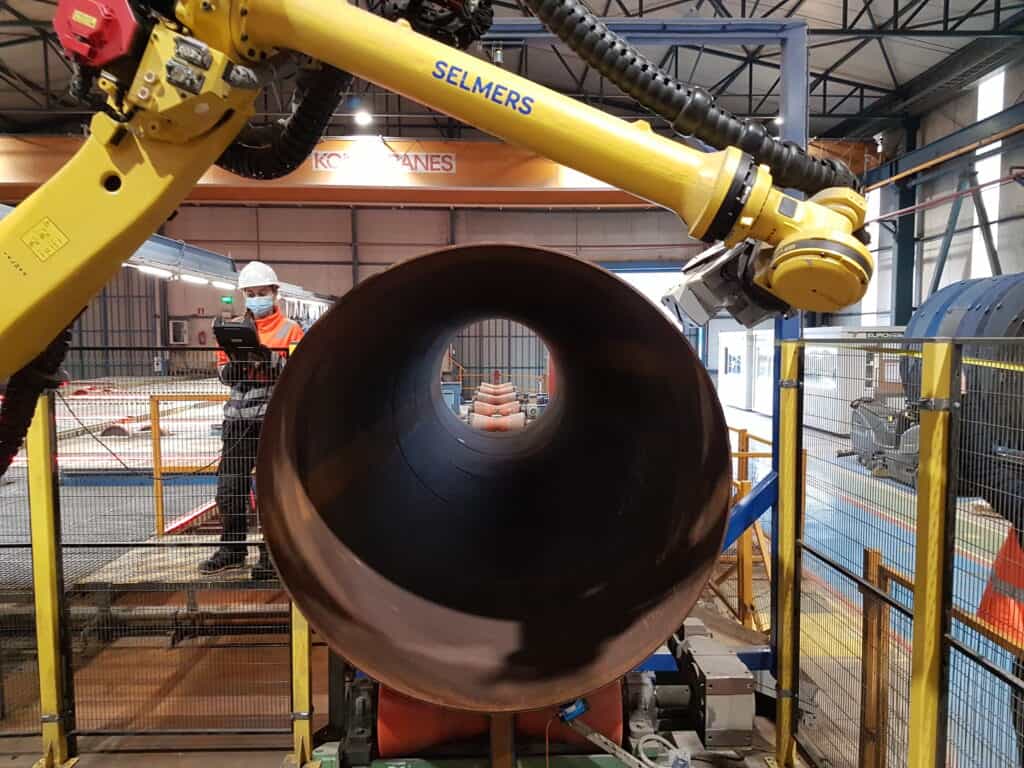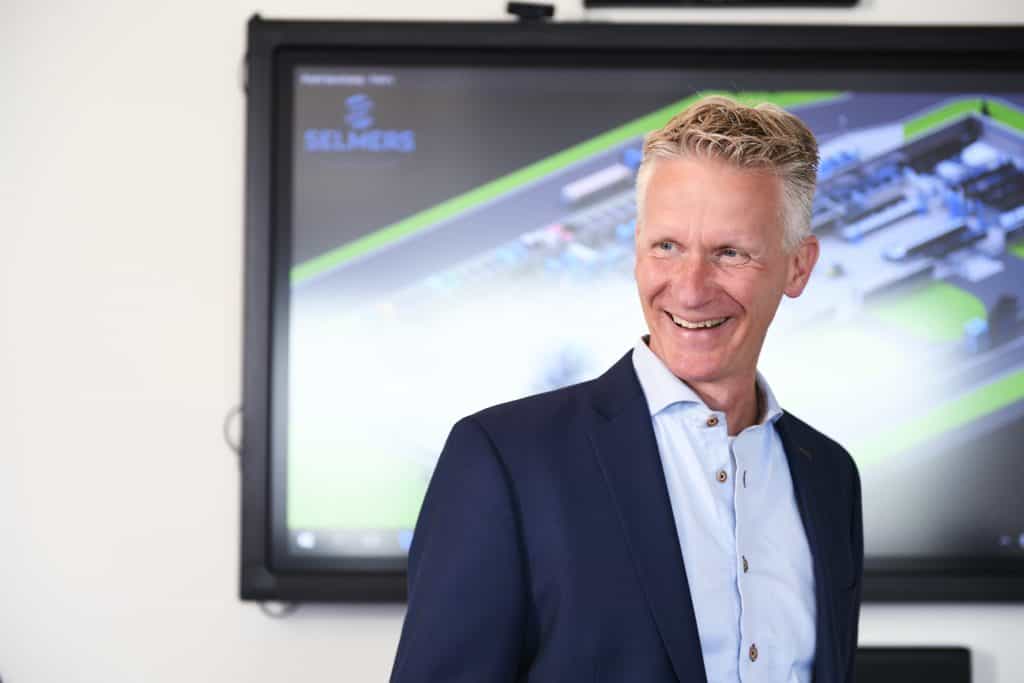Complex custom projects in industrial environments are by definition a challenge. The fact that in our case these projects are often also multidisciplinary and long-term only adds to the challenge. For example, how do you keep a grip on the countless details? If such things are not well organized, you may just as well close down. So how do we manage to stay in control of details at Selmers?
Assumption is the mother of all failures
As any information transfer in practice automatically means information loss to some degree, and because ‘assumption is the mother of all failures’, we record things. And not in some locally stored file, but centrally and in a fixed format so that everyone involved always has access to it. Following the methodology of the V-model for systems and software engineering, storing relevant data starts in Sales and is then passed on to engineering. Subsequently, Sales takes over again to draw up a quotation after which engineering takes over at the start of the project. This goes on all the way to project delivery.
Crucial details
It is, however, impossible and undesirable to record every single detail discussed. The trick therefore is to focus on those details that are crucial and decisive for most of the ensuing choices at later stages. Once you know what the main question is, it will be a lot easier to answer all sub-questions that arise. For example, a client recently indicated that he wanted to register the number of rotations per minute at a particular station. Although this seemed somewhat irrelevant, we asked him whether he meant the number of revolutions of a tube or the flywheel of a motor or perhaps the number of windings per minute.
Distinguishing essentials from side-issues
If we hadn’t asked this particular question, the solution could have varied from a simple software adjustment to integrating a separate measurement by adding a sensor as well as a piece of software while making significant changes to the production line. We understand the art of quickly distinguishing between essentials and side-challenges, largely based on decades of both our own experience and that of our partners. In addition, at Selmers we work in a structured way based on best practice models, including the V-model mentioned earlier. The V-model describes a product or software development process from project definition all the way to implementation and up to project testing and integration.
People, Process, Product
In this process, you get deeper and deeper, as it were, into the details of customer requirements and ultimately design. Subsequently the same route is followed in reverse with a view to verification, validation and testing of customer requirements, engineering and design. This system allows everyone to leave nothing at chance while preventing time-consuming and costly backward changes. To be quick on our feet, reliable and ensure quality while still remaining flexible throughout each project, we approach every project from these three angles: People, Process and Product. Hence we chose this V-model as our system: short communication lines, clear communication and expectations (People); clear prioritization, clear trajectory and agreements (Process) and design for use, delivering the project’s goals (Product).
‘Crusaders’
The responsibility for this three-way approach lies with our three directors Enno Lokkerbol, Bart Appelman and Rob Schouten, who take on projects like true crusaders. Such an integrated approach also, and perhaps especially, pays off in projects with a challenging lead time. When a project can finally kick-start after months or sometimes years of exploration, the last thing you want to do is reinvent the wheel because nobody knows exactly what philosophy was followed or what considerations were made at the time.
Looking for a very experienced industrial engineering partner that never lets things get out of control? Just contact us at sales@selmers.com






